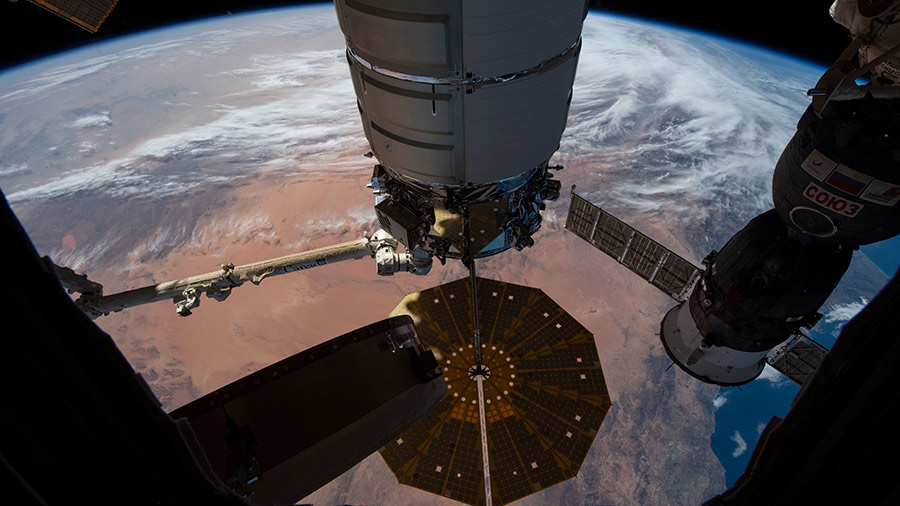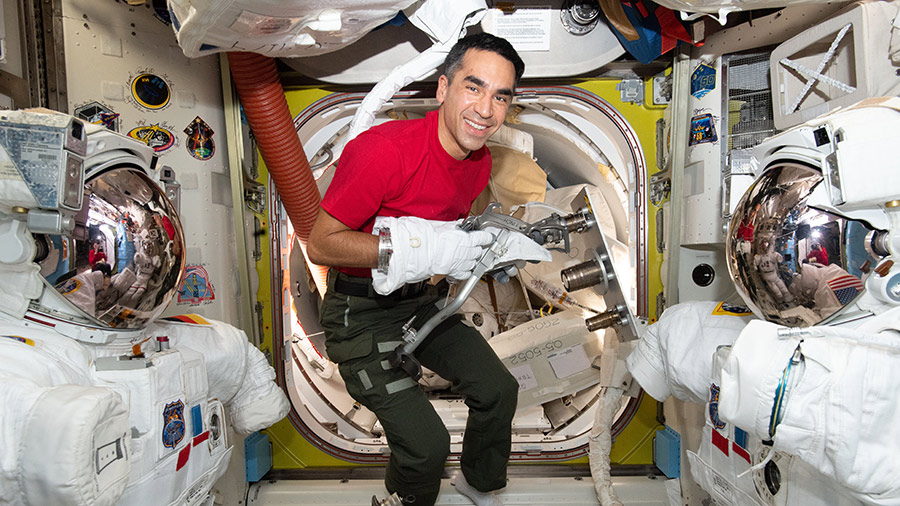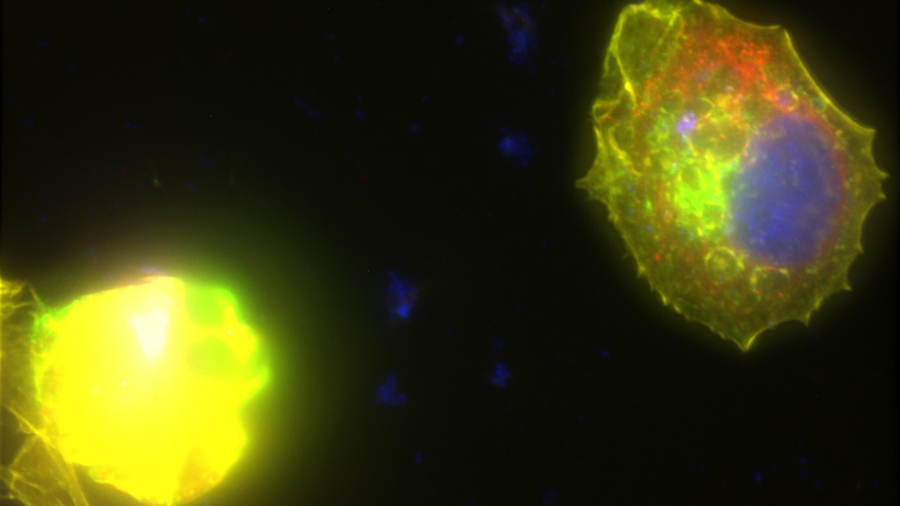
Space exercise and space physics were the main research topics aboard the International Space Station on Wednesday. The Expedition 66 crew also juggled spacewalk preparations and crew departure training throughout the day.
Two investigations conducted on Wednesday are exploring how to exercise effectively in microgravity and keep astronauts and cosmonauts healthy and fit in weightlessness. The lack of gravity contributes to muscle and bone loss requiring station crew members to exercise daily for two hours using a cycle, the COLBERT and Russian treadmills, and the advanced resistive exercise device.
ESA (European Space Agency) Flight Engineer Matthias Maurer has been wearing the EasyMotion suit that stimulates muscles during workout sessions. Researchers are studying the specialized suit’s ability to maximize the impact and lessen the duration of space exercise. Commander Anton Shkaplerov of Roscosmos attached sensors to himself during the morning and jogged on the Zvezda service module’s treadmill. The sensors measured the cosmonaut’s heart and breathing rate providing more insight into a crew member’s physiology during physical exertion in microgravity.
Kayla Barron of NASA spent the afternoon training for spacewalk emergency scenarios. She wore virtual reality goggles and digitally practiced maneuvering using the spacesuit’s jetpack, also known as the SAFER, in the unlikely event she became untethered from the station. Barron also trained on the suit’s enhanced caution and warning system then reviewed a safety checklist she will attach to her suit’s cuff. Barron and fellow NASA Flight Engineer Raja Chari are scheduled to perform a six-and-half hour spacewalk on Tuesday live on NASA TV to continue augmenting the space station’s power system.
Chari partnered with NASA Flight Engineer Tom Marshburn and practiced on a computer the procedures they will use when they return to Earth next month inside the SpaceX Crew Dragon Endurance. Chari will command the mission and Marshburn will pilot the vehicle when they depart the orbiting lab near the end of April with Barron and Maurer ending the SpaceX Crew-3 mission.
Marshburn also photographed station science racks and work areas for a space archeological study that may improve the design of future spacecraft and habitats. NASA Flight Engineer Mark Vande Hei set up components for a space fire safety study then serviced probes for the Intelligent Glass Optics experiment. Roscosmos Flight Engineer Pyotr Dubrov assisted with Shkaplerov’s exercise research, studied how international crews and mission controllers operate, then wrapped up Russian module inspection work.
Learn more about station activities by following the space station blog, @space_station and @ISS_Research on Twitter, as well as the ISS Facebook and ISS Instagram accounts.
Get weekly video highlights at: http://jscfeatures.jsc.nasa.gov/videoupdate/
Get the latest from NASA delivered every week. Subscribe here: www.nasa.gov/subscribe









